If you click on a link and make a purchase we may receive a small commission. Read our editorial policy.
The signature word balloons of DC and Marvel characters
What your favorite comic characters have to say is just as important as how they say it.

Any great speaker will tell you that what you say is never as important as how you say it. When it comes to delivery, presentation is everything. That goes all the more for comic book dialogue, when everything someone might say is presented as text on a page, often interrupting a detailed, visually informative image to take up valuable panel real estate. So if all that text is going to interrupt a visual medium, it better be interesting.
In the name of visual interest, word ballooning has evolved with the comic medium to be not just a means of conveying which character is speaking, but as a symbol of their character. Often, these shapes can change to instruct nuance in the tone of the dialogue. But these balloons can just as easily indicate something about the nature of the character themselves.
Some characters are so closely associated with a particular style of word balloon that it mimics the power of voice, allowing you to tell who’s speaking even if they happen to be off-panel. Marvel are the masters of this, but it hasn’t been unheard of for DC to get in on it too. Here are just a few you may have noticed before. And if not, we’re sure you’ll notice it next time they show up.
Deadpool

One of the most distinctive cases of signature word balloons: the yellow tint of the often metatextual mutant mercenary Deadpool. Why it appears in yellow is a matter open to interpretation, but some have suggested that it recalls the traditional yellow coloring of narration and editorial boxes expressing the authoritative, out-of-fiction voice meant to guide the reader. By flirting with that narrative voice’s color scheme, Deadpool’s word balloons suggest that his dialogue addresses both the characters he’s speaking to in-scene, and the reader themself.
Thanos

Thanos’ word balloons in recent comics have just as much character and nuance as the villain himself. The thick double bordering represents an indomitable strength, while its shaky appearance indicates a cosmic weariness only the Mad Titan would truly know.
Iceman and Human Torch
This one’s pretty simple. When Iceman ices up, his dialogue gets icy. When Human Torch flames on, his speech balloons ignite. It’s a great visual trick which adds to the persona that these elemental heroes take on when they shift into hero mode. It’s not merely a change in form, but a change in voice – they express themselves differently while in the midst of the action.
Venom

The Venom dialogue box trick is simple, but effective: an inversion of colors. Black balloons, white text. But it accomplishes much more in practice. White and black, especially in dialogue boxes, carry different weights to them. The white is typically perceived as empty space, filled by the content of the black lettering. By inverting those colors, you have an overwhelming presence of that meaning-laden blackness. The word balloons are not just inverted, but drenched in darkness, overwhelmed by the desires of the symbiote. These black balloons represent a complete subsuming of the host. Where there was once a man, there is now only Venom.
Thor

Just as much as the shape and color of the bubble can dictate personality, so too can the choice of lettering. The calligraphic style of Thor’s speech in Marvel Comics has long been a character trademark, whosoever holds the mantle – indicating not just a sense of pomp, but the weight of an ancient power behind each line of dialogue which booms officiously as the words of a god. It’s a choice which suggests a being out of step with the time and place around them, too beatific for this world. It’s a technique you might often see employed elsewhere to the dialogue of gods and angelic beings, but nobody owns it quite like Thor.
New Super-Man

One of the cleverest of many well-considered design elements in the 2016 New Super-Man series is how it uses color to indicate language. In a series which so frequently addresses themes of multiculturalism and a more global perspective on the ideals of Superman, the typical narrative convention of putting non-English languages in brackets with a little asterisk to let you know what language is being spoken in an editor’s note at the bottom of the panel just isn’t going to cut it. So, a new visual language is established throughout New Super-Man.
As the action is mainly set in China, all Mandarin spoken on the page appears in black text. Blue text is reserved for English. This allows characters like Kong Kenan, the titular New Super-Man, to switch back and forth between Mandarin and English dialogue within a single balloon without the reader missing a step. Any third necessary language, such as Cantonese, or later Korean, is indicated in red. What I’ve taken a paragraph to explain here is elucidated simply and elegantly in the comic through the use of three colors, in a way which adds richness to a dialogue encompassing multiple languages spoken by characters with varying fluidity in each. (Kenan’s English, for instance, is terrible. So is Lex Luthor’s Mandarin. Superman himself, of course, speaks both with fluency.)
The Endless

When you’re talking about the greats of comic book lettering, you have no choice but to talk about Todd Klein, the Michael Jordan of his field. There have been 30 Eisner Awards for Best Letterer since the category was introduced in 1993. Todd Klein has won 18 of them. And the first three of those were all for his work on Neil Gaiman’s The Sandman – featuring a cast of seven siblings who each govern, and embody, an inescapable facet of life in the universe.
Destiny, Death, Dream (our hero), Desire, Despair, Destruction, and Delirium. And to each of them, Todd Klein grants a unique voice through the design of their balloon and their text. There’s no experience quite like reading Sandman for the first time, and the sheer level of care and detail in every page extending to the speech balloons themselves is richly rewarded. Thor notwithstanding, no other comic makes you feel like you’re hearing voices beyond the register of mortal men.
The Joker

Nothing about The Joker is ever consistent, which is exactly why he’s Batman’s most notorious villain. Every time he shows up, you can never be quite so sure what to expect. Skilled artists often depict Joker’s madness breaking the barriers of comics themselves, in an attempt to unnerve the reader as deeply as the citizens of Gotham.
Such is the case in Arkham Asylum: A Serious House on Serious Earth, where Gaspar Saladino’s lettering for the mad clown prince of Arkham comes across as living graffiti, defacing Batman’s very reality. If you’re not getting inventive with The Joker, you’re not doing right by him. And playing with the structure of his dialogue is one of the best ways to accomplish that. After all, what’s creeper than a clown with a balloon – word or otherwise?
Static

Like Iceman and Human Torch, Virgil Hawkins’ word balloons are always a clear indicator for when it’s hero time. The short jagged lines periodically interrupting the thick border of his signature speech bubbles suggest the effect of static itself, while also lending credence to his electric irreverence lighting-quick wit in the heat of combat. Down to his word balloons, the coolest hero around.
Red Tool

Red Tool is a character you may not have encountered before unless you’re familiar with Amanda Conner, Jimmy Palmiotti, and Paul Mounts’ Harley Quinn series, their own personal merc with a mouth to DC’s Coney Island. (Considering the popular wisdom- despite the denials of Deadpool co-creator Rob Liefeld- that Deadpool himself is inspired by DC’s Deathstroke, turnabout may be fair play here.)
Smitten by the mirthful Harley, Red Tool’s dialogue is by far the most ostentatious of any character on this list, with each balloon taking the shape of a power tool. What does it suggest about his character, apart from an affinity for tools? Not much, really. But that’s not the point. Red Tool’s over-the-top stylized speech bubbles, overwhelming everything else on the page, are a statement on comic book excess: sometimes, you can get a little too carried away with trying to make a character’s dialogue stand out. By way of example to the contrary, Red Tool is a letterer’s lesson that when establishing a character’s individuality, sometimes less is more.
See these in action with our recommended best DC comics and best Marvel comics.
Follow Popverse for upcoming event coverage and news
Find out how we conduct our review by reading our review policy
Let Popverse be your tour guide through the wilderness of pop culture
Sign in and let us help you find your new favorite thing.


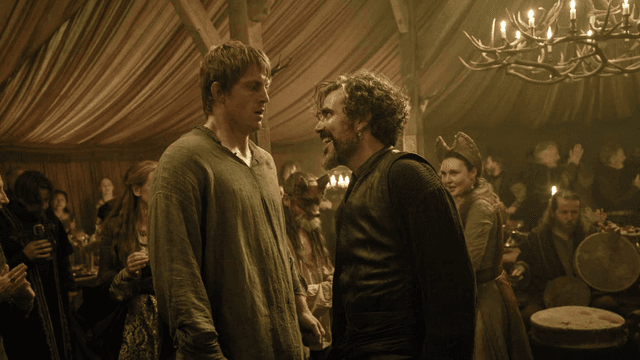

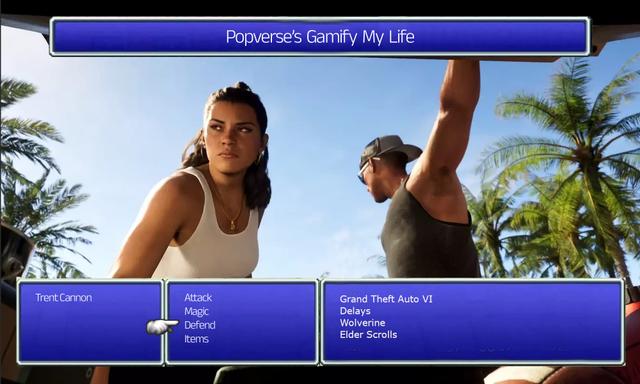


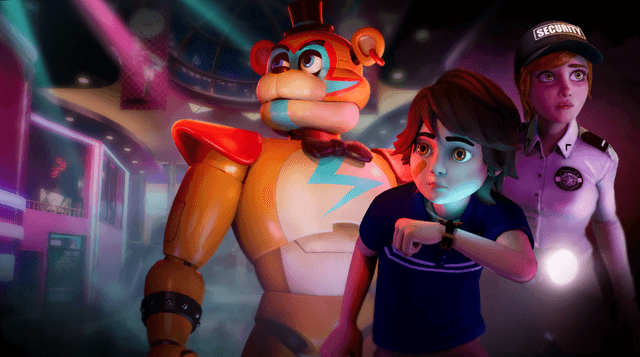
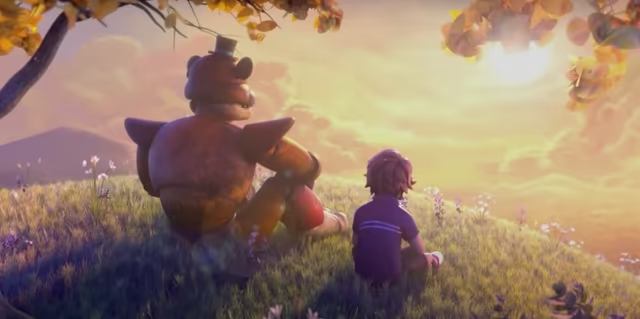
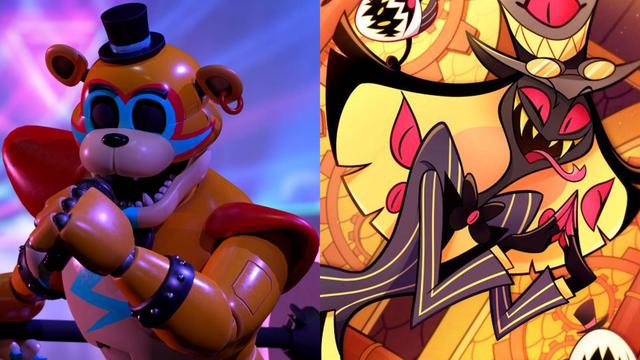






Comments
Want to join the discussion? Please activate your account first.
Visit Reedpop ID if you need to resend the confirmation email.